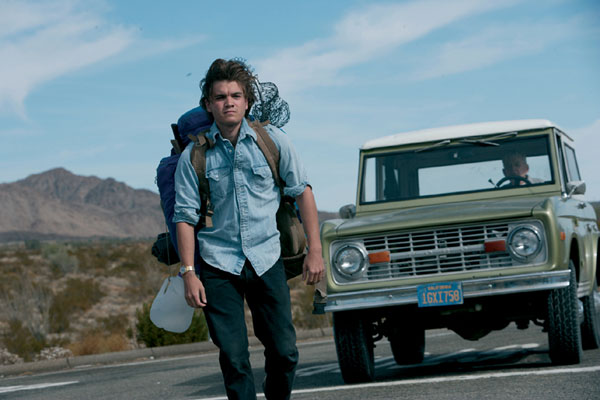
Leftism, as a political and social view, can mean many things. Initially, the left and left wing were terms developed to describe the anti-monarchy movement going on in France prior to the French Revolution. The pillars of leftism from this time period onward have been concepts of social equality, organized labor, nationalization of resources, and the abolition of systems that prevent these from being achieved.
In more contemporary times, leftism has manifested into movements involving socialism or social democracy, civil rights, anti-war sentiments, environmentalism, unionism, feminism, anti-establishment ideals, and (in extreme cases) anarchism.
This wide range of topics allows for any number of films to be potential sources of study in understanding the ways in which left wing politics has shown up on the big screen. The following list demonstrates various aspects of leftist ideology, often in ways that support such a worldview, or attempt to humanize an approach to the world that many audiences would reject at face value.
1. The Baader Meinhof Complex (Uli Edel, 2008)
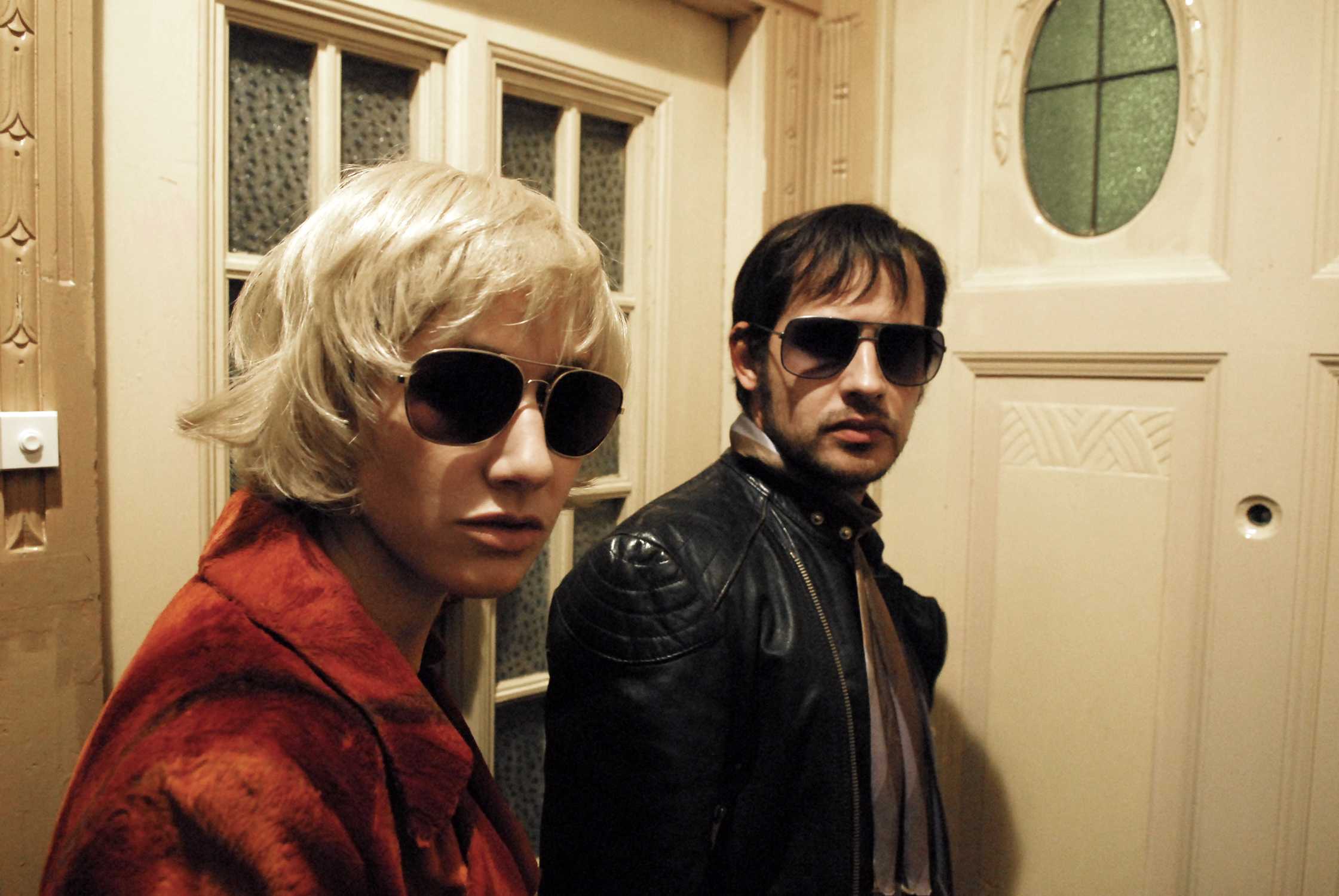
In the late 1970s, a radical far-left movement that would come to be known as the Red Army Faction (RAF) took shape in West Germany. The rise of this movement is chronicled in the engaging film The Baader Meinhof Complex.
Part action film, part historical drama, the film depicts an ensemble cast that portrays the founders of the RAF as they begin to engage in urban warfare and terrorist acts against the German financial infrastructure, German government, and American Military Bases. The initial leaders of the RAF take to violence because they perceive the German hierarchy of the time to be tied to the legacy of Nazism.
The Baader Meinhof Complex has been accused of both glorifying the undeniably violent acts of the RAF and as making them seem too glib and self-involved to adequately capture the full historical context. These conflicting viewpoints show the relatively evenhanded approach that Uli Edel took in making this film.
In some scenes, viewers are encouraged to root for the group as the injustices faced were clear and daunting. In other instances, such as when one of their leaders attempts to train her own young children to be suicide bombers, viewers will see them as heartless terrorists who care little for human life. Either way, the Baader Meinhof Complex examines the true history of the most radical leftist movement seen in the West in the post-WW2 era.
2. The Motorcycle Diaries (Walter Salles, 2004)
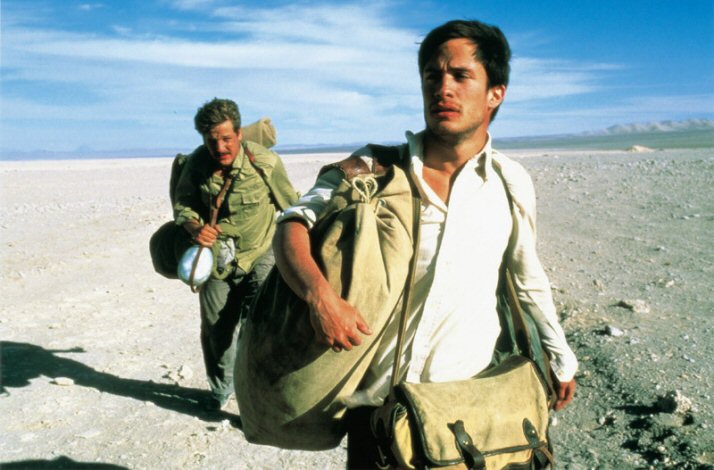
The Motorcycle Diaries presents the early life of arguably the most recognizable leftist icon: Ernesto “Che” Guevara (played by Gael Garcia Bernal).
The film chronicles the young Guevara’s journey throughout South America with his friend Alberto Granado (Rodrigo de la Serna). While the narrative can certainly be understood as a simple coming of age tale, in which Guevara grows from a naive medical student to a man with a deeper understanding of the world around him, the underlying themes of social and economic leftism permeate the movie.
The young Guevara observes the ways in which the indigenous populations of South America were both exploited and left behind by the more modern, capitalistic forces in the continent.
He laments the beauty and complexity of the Incan architecture at Machu Pichu, while simultaneously chastising the pollution and decay of Peru’s urban centers. He meets communists who are driven from their homes and must beg for work and food. By the end of the film, Guevara has within him a passion for changing the political landscape of his homeland to provide a more egalitarian future.
3. Reds (Warren Beatty, 1981)

Set over a span of several years beginning in 1915, Reds tells the story of the real life John Reed (Warren Beatty). Reed was a radical journalist who worked throughout his career to bring communism to the United States. In the film, he begins a tumultuous relationship with writer and activist Louise Bryant. The two work to spread leftist ideology and eventually travel to Russia at the onset of the 1917 Communist Revolution.
Clearly, Reds humanizes a number of characters who passionately believe in the merits of communism. The idealism exhibited by Reed throughout the film resonates with audiences, whether they agree with his message or not. While Reed’s ultimate goal never caught on in his own country, his efforts with the labor movement of the early 20th Century help solidify his legacy.
4. Land and Freedom (Ken Loach, 1995)
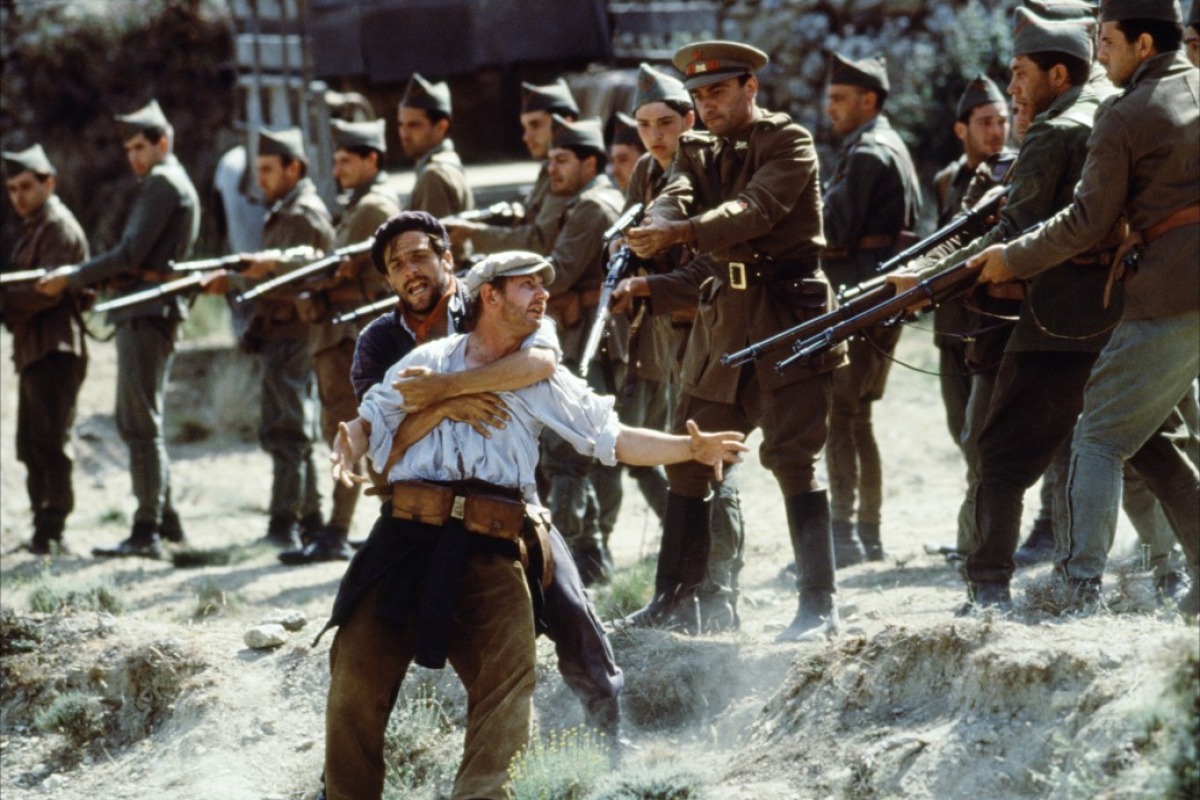
It may seem odd for many moviegoers to imagine leaving one’s own country to fight in another nation’s civil war. Well, in Land and Freedom, that is exactly what the film’s protagonist David Carr (Ian Hart) does. Carr’s granddaughter discovers, after he has died, that her grandfather left England to join up with the International Brigades – a communist army made up of soldiers from all over the world – to fight against the fascist regime.
Most of the film exists as a flashback, where we learn of Carr’s time bouncing through a number of small militias until he eventually does end up in the International Brigades. After experiencing a personal tragedy, and seeing the demise of the communist movement in Spain, he returns to England to resume a ‘normal’ life.
The leftist inspiration found in Land and Freedom occurs on a number of levels. On the surface, the film obviously presents a protagonist who is so passionate about his communist beliefs that he is willing to fight for them in a country other than his own. However, some of the strongest leftist messages occur more subtly.
In a key scene in the film, a militia that Carr is with takes control of a small village and debates what to do with the land that they have freed from fascist control. Several militiamen argue that the land should equally dispersed amongst the peasantry. Others argue that the war effort must take precedent over any focus on social revolution.
The debate ends with the choice to collectivize the land and hand it over to the village, thus advocating for the additional step in the communistic goals of the militia. Additionally, the film ends with Carr’s granddaughter raising a triumphant and defiant fist, indicating that she is proud of her grandfather’s fight, despite the West’s modern view on communism.
5. The Battle of Algiers (Gillo Pontecorvo, 1966)
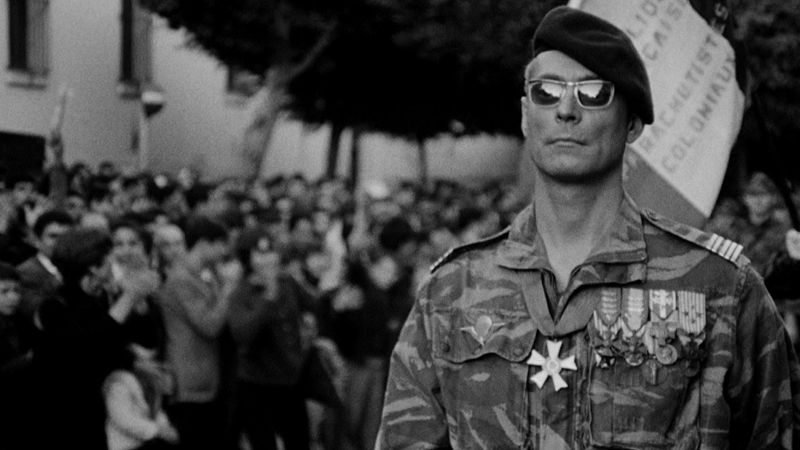
Shot in a black and white newsreel style to mimic documentary footage, The Battle of Algiers depicts the escalating violence and guerrilla warfare that would eventually lead to Algeria winning its independence from France. While the Algerian War for Independence lasted 8 years, the film focuses on the 3 most violent years of the conflict.
From 1954-1957, guerrilla groups engaged in urban warfare against their colonizers, while the French resorted to methods of torture and targeting civilians to quell the insurgency. While the titular Battle of Algiers was won by the French, Algeria gained its freedom 5 years later, in 1962.
The Battle of Algiers has maintained its place as a vitally important war film for a number of reasons. It has often been used as an instructional video, for groups like the Black Panthers, the IRA, and the PLO, as a primer for how to organize and engage in urban warfare.
Conversely, nations have used the film to show how to defend against such actions. In 2003, the Pentagon screened The Battle of Algiers to show how individual battles may be won, but a war of ideology may be lost when extreme tactics are introduced. While the film doesn’t necessary advocate for leftism, as the colonized are just as guilty of atrocities as the colonizer, the larger commentary on the pitfalls of colonialism certainly align with a leftist worldview.
6. October: Ten Days That Shook the World (Sergei Eisenstein and Grigori Aleksandrov, 1928)

A classic celebratory propaganda film, October: Ten Days That Shook the World dramatizes the story of the 1917 Russian Revolution. The movie begins with the February Revolution, which overthrew the Tsar and put into place the Provisional Government.
Once the Provisional Government is in place, they target the Bolsheviks and Lenin for arrest and continue to exploit workers through the same methods of the previous regime. Important dates are highlighted as the Bolsheviks agree with Lenin in revolting against the new government. The film ends with the October Revolution that leads to the development of the Soviet Union.
While October is clearly a piece of propaganda crafted to paint the communists as holy victors rising above repression and injustice, it is an important piece of leftist cinema in bringing the story of the most influential socialist revolution to light.
The silent film, although clearly biased, authentically captures the genuine optimism and hope that any revolution carries for the fighters in the trenches. Here, the extreme leftism advocated by Lenin is depicted in a similar fashion to ‘The City on the Hill’ narrative with which American audiences should be able to relate.
7. District 9 (Neill Blomkamp, 2009)
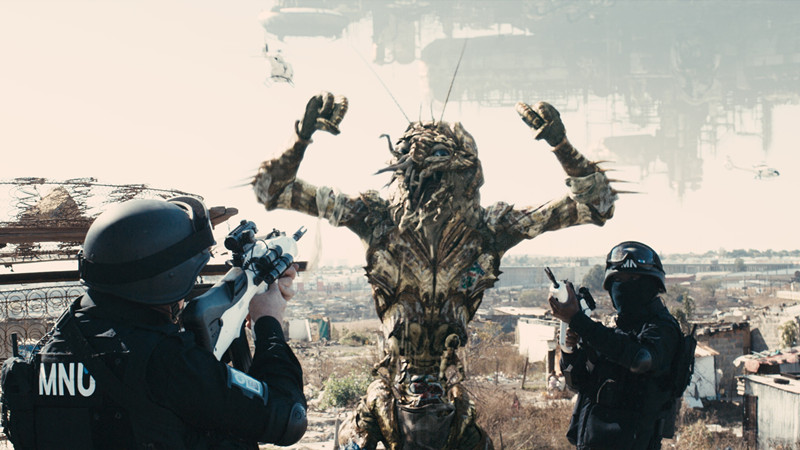
A not-so-subtle commentary on social inequality, particularly the legacy of apartheid in South Africa, District 9 is a fantastic science fiction film that uses an alien race as a stand-in for racial minorities in general.
The film follows an inept government employee (Sharlto Copley) as he becomes exposed to an alien substance and begins to slowly transition into a member of the foreign species – referred to as ‘Prawns’ in a derogatory manner. His own government then seeks to hunt him down so that they can dissect and study him. He is forced to hide in District 9, a government camp that is set up to segregate and house the Prawns.
The leftist themes in District 9 largely center on the negative impact of xenophobia and government corruption. The predicament of the Prawns clearly mirrors the plight of Africans under the system of apartheid – which was a far right movement and system. Not to be ignored, the main reason why the government wants to study the protagonist is because they want to be able to use the Prawns’ weapons, thus providing an additional critique of militarism and nationalism.
Viewers are forced to empathize with the victimized minority and root for a revolution that would lead to equal treatment for the aliens, who are shown to be vastly more humane than the humans.